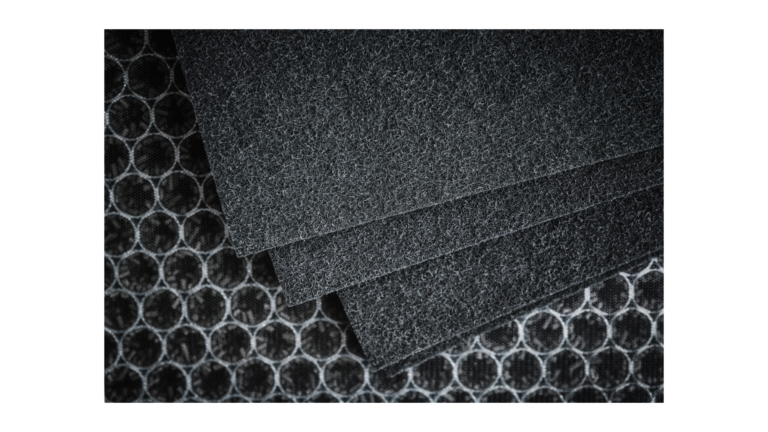Overcoming Challenges in Over-Height Building Construction
- Jonathan R.
- August 22, 2024
Table of Contents
Designing and constructing over-height buildings presents unique challenges. These towering structures require innovative solutions and meticulous planning. This article explores the hurdles faced while constructing over-height buildings and the strategies employed to overcome them. Read on to discover how these architectural giants come to life.
Over-Height Buildings
Definition and Significance
Over-height buildings, or skyscrapers or high-rises, significantly impact urban landscapes. These structures, typically defined as buildings exceeding 150 meters (492 feet), are feats of engineering.
They symbolize progress and economic growth, attracting businesses and residents to urban centers.
The Appeal of Over-Height Buildings
Cities around the world compete to build the tallest skyscrapers. These buildings offer numerous benefits, including maximized land use, increased commercial space, and impressive skylines. However, constructing these giants comes with substantial challenges that require innovative solutions.
Challenges in Constructing Over-Height Buildings
Structural Integrity and Stability
One of the primary challenges in building over-height structures is ensuring their stability. These buildings must withstand various forces, including wind, seismic activity, and weight. Engineers use advanced materials and techniques to achieve this.
Wind Forces
Wind forces exert tremendous pressure on tall buildings. To counter this, engineers design aerodynamic shapes and use wind tunnel testing. Additionally, tuned mass dampers (TMDs) are often installed to absorb and dissipate wind energy, reducing swaying and increasing comfort for occupants.
Seismic Considerations
Seismic considerations are crucial in earthquake-prone areas. Engineers employ flexible materials and base isolators to absorb seismic energy. This ensures the building remains intact and minimizes damage during an earthquake.
Foundation and Soil Conditions
The foundation of an over-height building must support immense loads. Engineers conduct extensive soil testing to determine the appropriate foundation type. Standard solutions include deep foundations like piles or caissons, which transfer the building’s weight to deeper, more stable soil layers.
Material Selection and Innovation
The materials used in over-height buildings must be strong, durable, and lightweight. Steel and reinforced concrete are commonly used due to their strength and flexibility. Innovations such as high-strength steel and lightweight concrete help reduce the structure’s overall weight without compromising integrity.
Vertical Transportation
Efficient vertical transportation is essential in over-height buildings. Elevators must move quickly and safely to serve numerous floors. Advanced elevator technologies, such as double-deck elevators and destination control systems, optimize travel times and reduce congestion.
Fire Safety and Evacuation
Ensuring fire safety in over-height buildings is critical. These structures must have advanced fire detection, suppression, and evacuation systems. Fire-resistant materials and compartmentalization help contain fires, while evacuation strategies, including sky bridges and safe zones, ensure occupant safety.
Innovative Solutions for Over-Height Building Construction
Advanced Design Techniques
Modern design software allows architects and engineers to create detailed 3D models of over-height buildings. These models help visualize the structure, identify potential issues, and optimize design elements.
Building Information Modeling (BIM) is a powerful tool to streamline the design and construction process.
Prefabrication and Modular Construction
Prefabrication and modular construction techniques are increasingly used in over-height building projects. These methods involve assembling components off-site and transporting them to the construction site for installation.
This approach reduces construction time, minimizes waste, and improves quality control.
Sustainable Building Practices
Sustainability is a critical consideration in modern construction. Over-height buildings incorporate energy-efficient systems, renewable energy sources, and green building materials. Green roofs, rainwater harvesting, and advanced HVAC systems contribute to environmental sustainability and reduce operational costs.
Innovative Safety Solutions
Safety is paramount in constructing over-height buildings. Engineers use advanced safety systems, such as structural health monitoring (SHM) and real-time data analysis, to ensure the integrity of the building throughout its lifecycle. These systems detect and address potential issues before they become critical.
Case Studies: Iconic Over-Height Buildings
Burj Khalifa, Dubai
The Burj Khalifa stands as a testament to human ingenuity. At 828 meters (2,717 feet), it is the tallest building in the world. The design incorporates a Y-shaped floor plan to optimize structural stability and support the building’s height.
Advanced materials and construction techniques were essential in achieving this architectural marvel.
Shanghai Tower, China
The Shanghai Tower, rising 632 meters (2,073 feet), is an engineering masterpiece. Its twisted form reduces wind load and improves stability. The building features a double-skin facade, which enhances energy efficiency and provides natural ventilation. Sustainable practices were integral to its design and construction.
One World Trade Center, USA
One World Trade Center, or the Freedom Tower, symbolizes resilience. Standing at 541 meters (1,776 feet), it incorporates advanced safety features, including a reinforced concrete core and extensive fireproofing. The building’s design emphasizes both security and sustainability.
Future Trends in Over-Height Building Construction
Smart Building Technologies
The future of over-height buildings lies in intelligent technologies. Integrated building management systems (BMS) monitor and control various building functions, enhancing efficiency and comfort. Intelligent sensors, IoT devices, and data analytics are crucial in optimizing building operations and maintenance.
Vertical Urbanism
As urban populations grow, vertical urbanism becomes increasingly essential. Over-height buildings will incorporate mixed-use spaces, combining residential, commercial, and recreational areas.
This approach maximizes land use, reduces urban sprawl, and creates vibrant, self-sustaining communities.
Innovative Construction Materials
The development of new construction materials will revolutionize over-height building construction. Materials like carbon fiber composites, self-healing concrete, and nanomaterials offer enhanced strength, durability, and sustainability.
These innovations will enable the construction of taller, more efficient buildings.
Conclusion
Designing and constructing over-height buildings involves overcoming numerous challenges. However, with innovative solutions and advanced technologies, these towering structures continue to redefine urban skylines. As we look to the future, the possibilities for over-height buildings are limitless.
Explore our services at Safety Storage to learn how we contribute to the safety and efficiency of these remarkable structures. Comment below, share this post and engage with us to discover more about the exciting world of over-height building construction.
Read More:
Temperature-Controlled Buildings

Jonathan Reed
Jonathan Reed specializes in writing in-depth, data-driven content on industrial waste management, regulatory compliance, and environmental sustainability. With expertise in hazardous waste disposal, OSHA guidelines, and waste reduction technologies, he provides actionable insights for businesses navigating complex waste management challenges.






